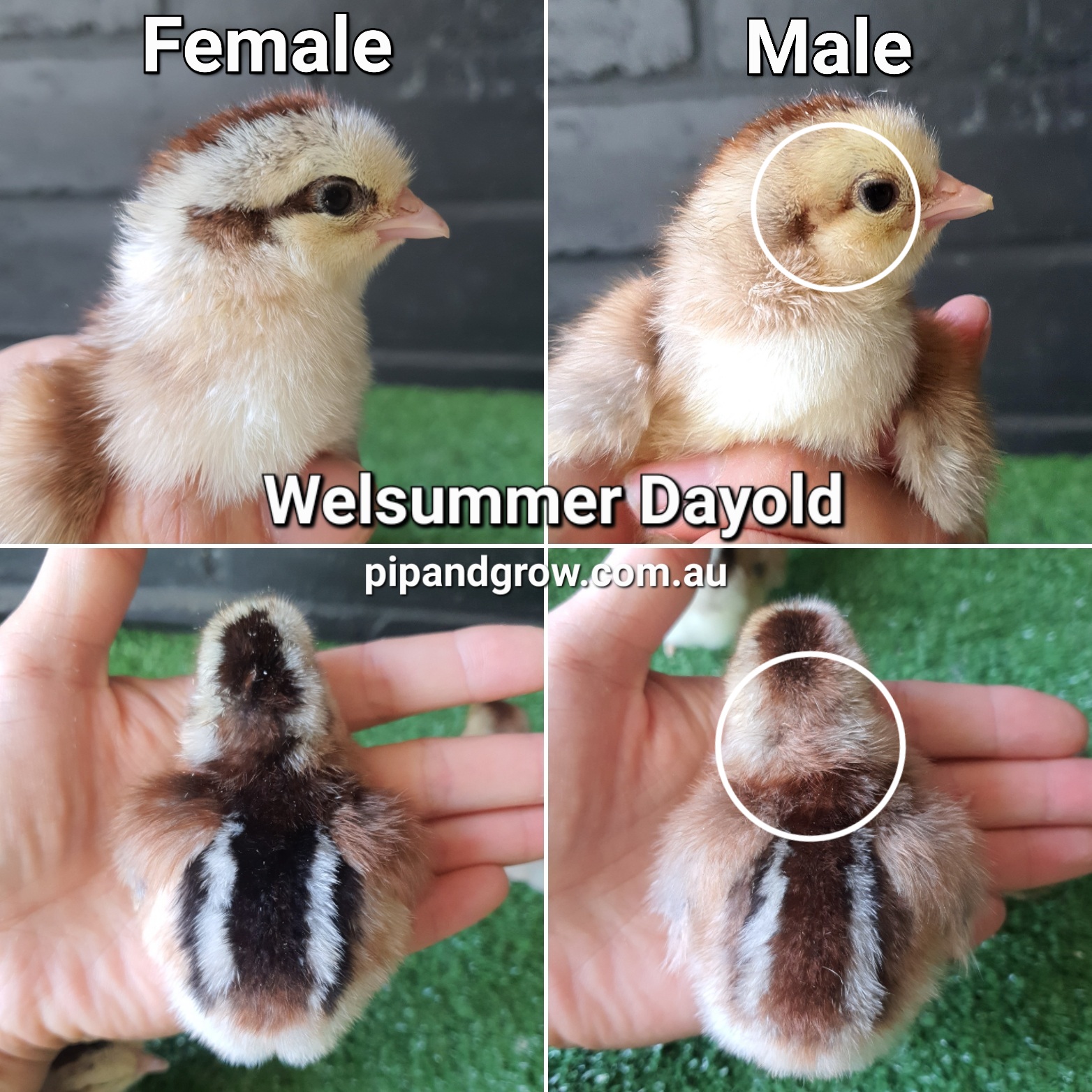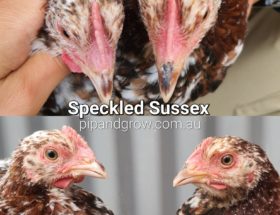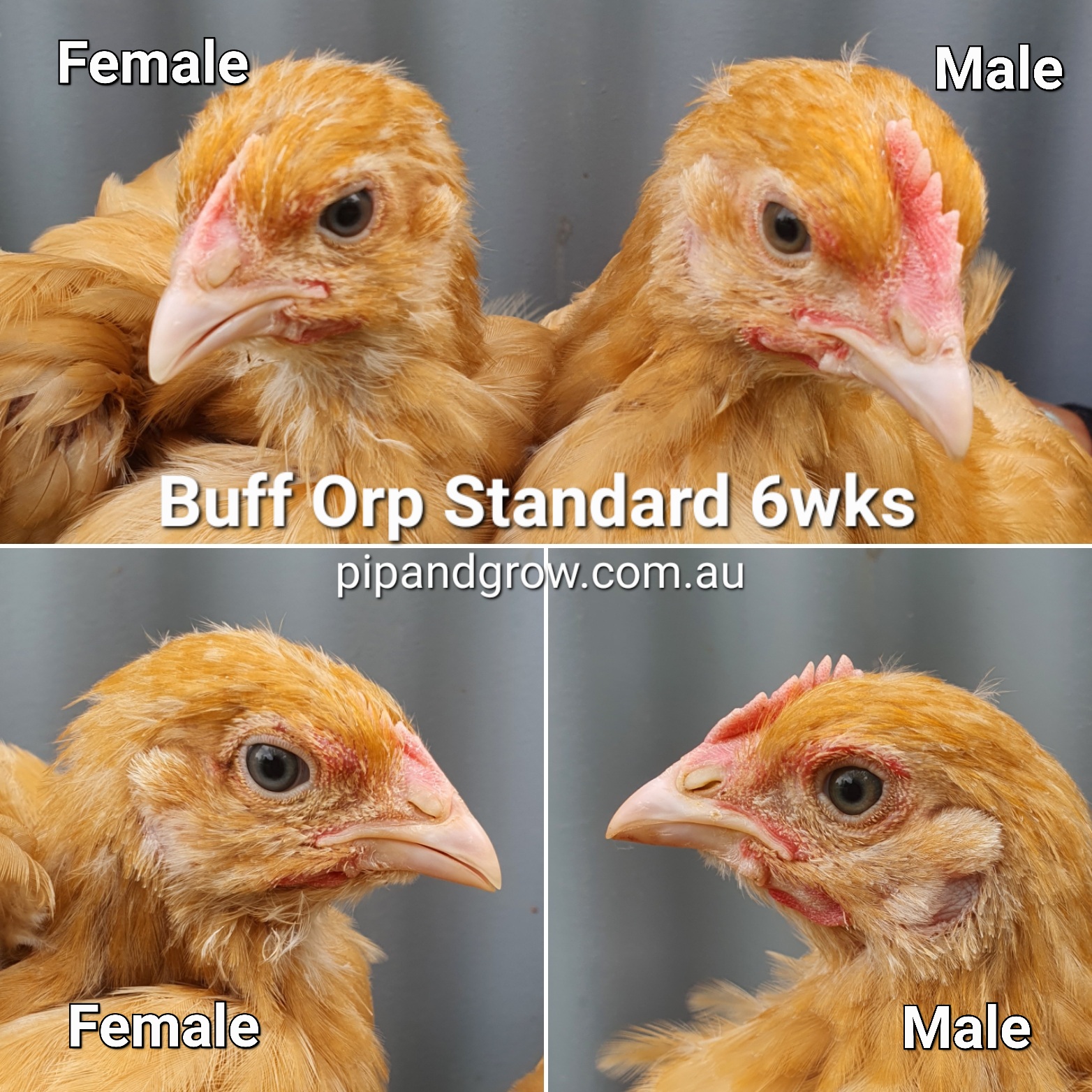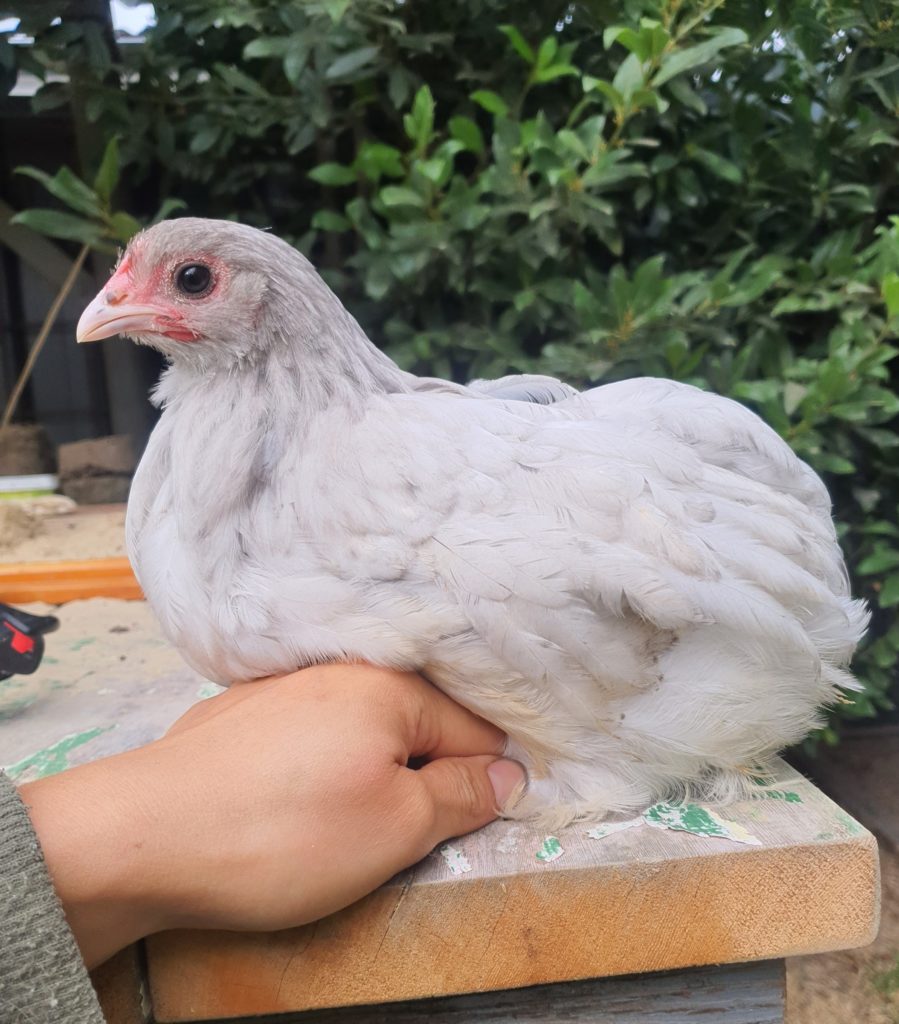
“Can you help me determine if my chicken is a hen or a rooster?”
This question is a common one across poultry pages, as sexing chickens can be challenging for newcomers. Often, they may not know which traits to look for, and even if they do, it can be quite confusing without a same-hatch sibling of a different gender to compare to. Here are some tips we’ve compiled to help you determine the sex of your chicken, besides waiting for crowing!
Before we start, let’s take a look at some photos.
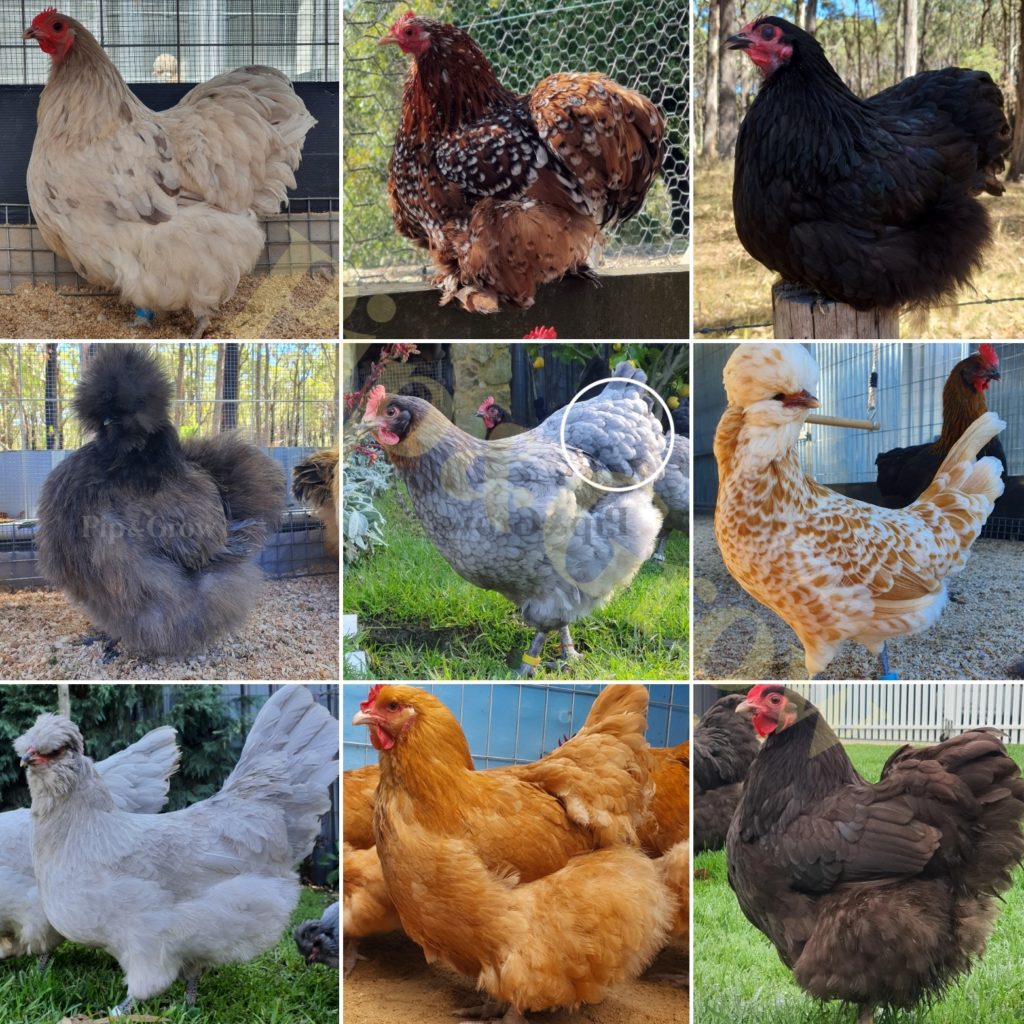
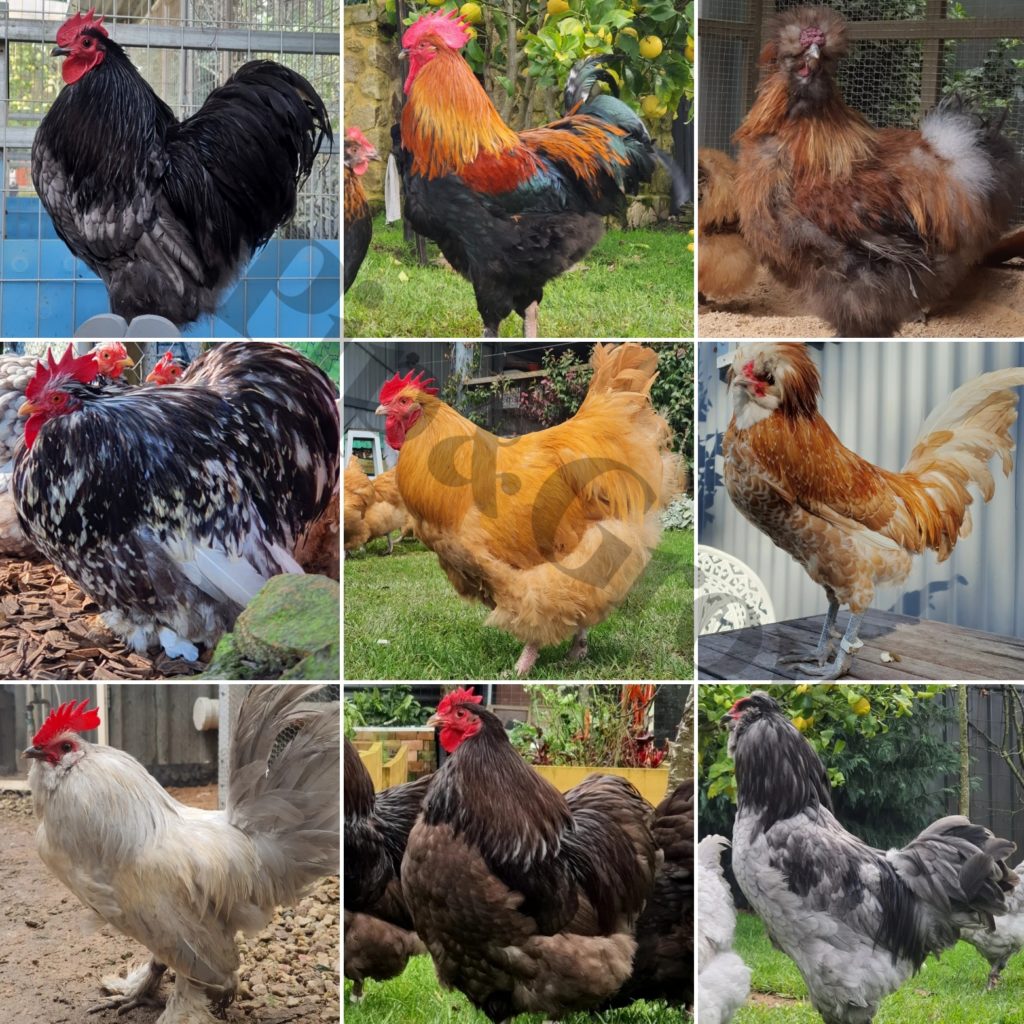
Can you identify the differences between these two groups?
The first photo depicts a group of hens, while the second photo shows a group of roosters, all from various breeds. Apart from differences in color and breed, all hens exhibit the same traits, as do all roosters.
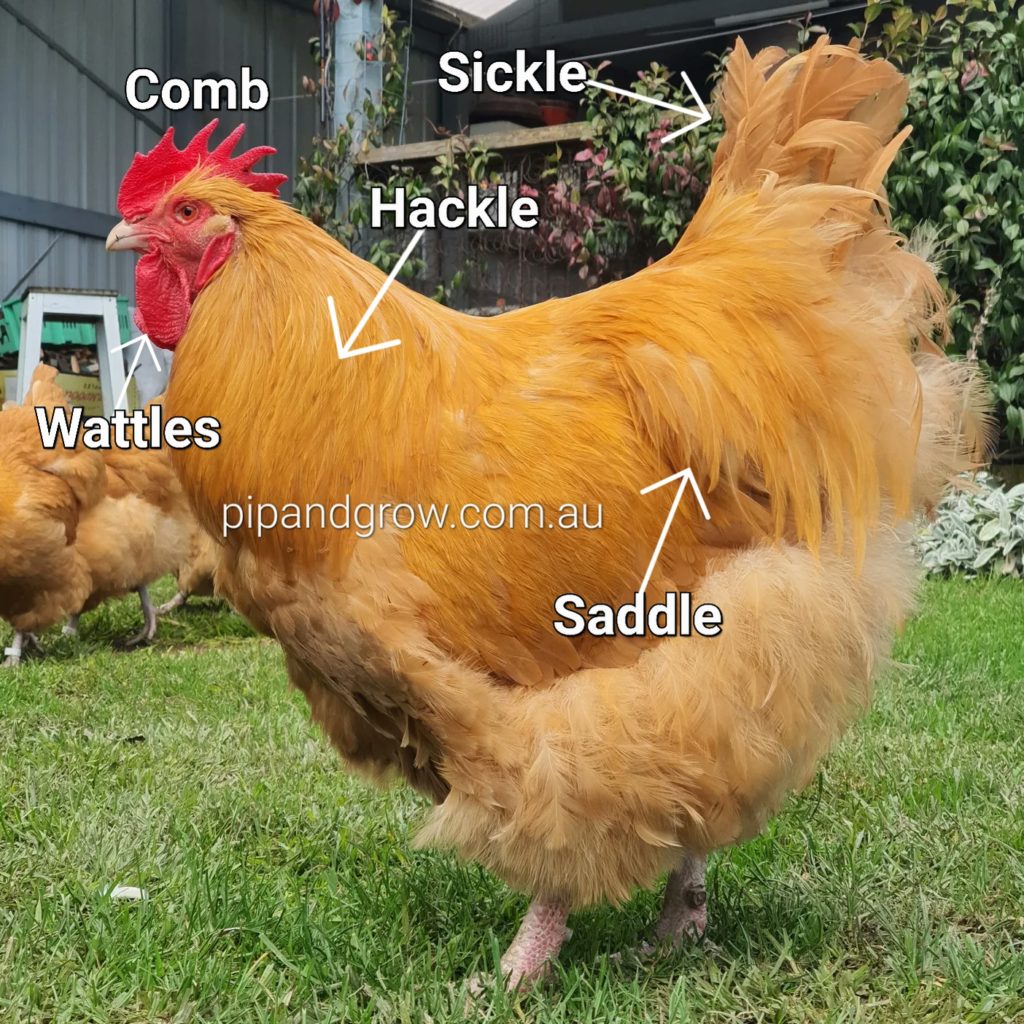
Roosters have larger combs and wattles compared to hens. In some breeds, these characteristics can develop as early as 4 weeks old such as Belgian d’Uccle or Copper Marans. They initially appear bright pink or red at a young age and continue to grow in size until the rooster reaches maturity.
Roosters also have long, pointed neck feathers called hackles that flow down into their back.
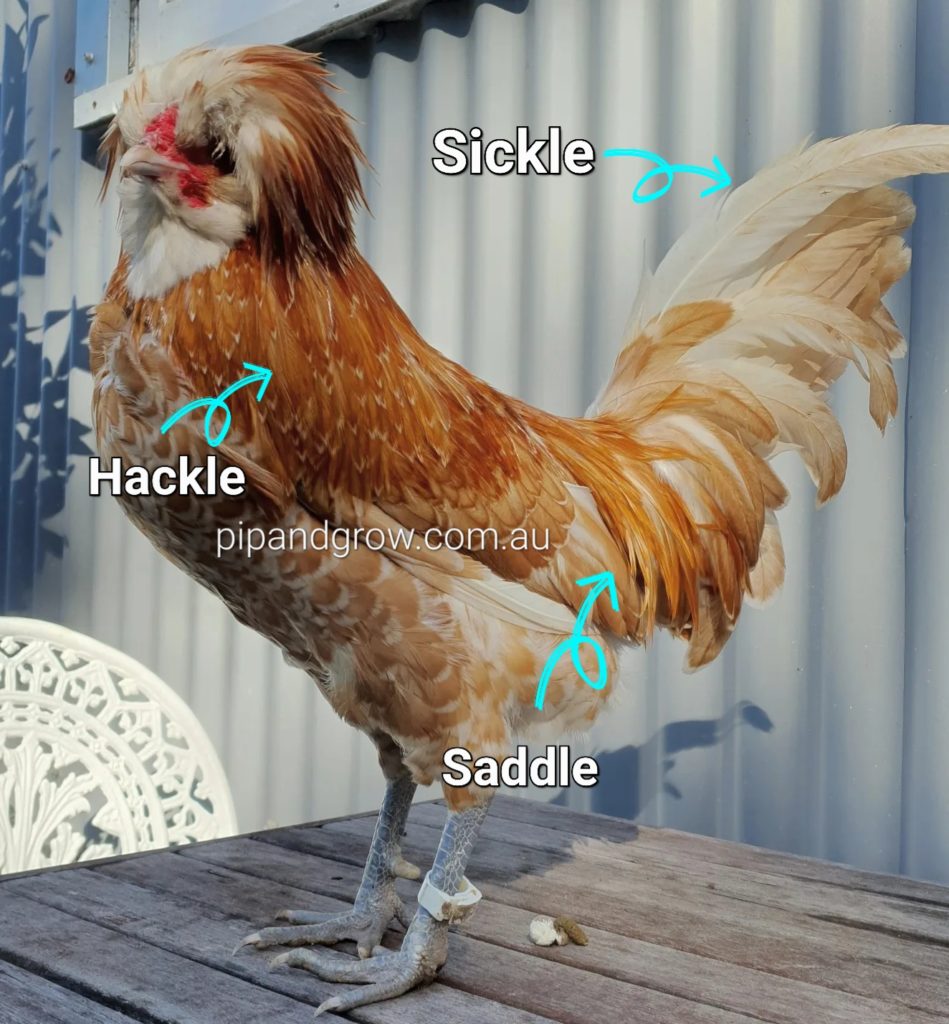
They exhibit tail feathers (sickle feathers) that curve up and gracefully arc down into the tail itself.
Roosters generally have a larger, more muscular body with a broad chest and shoulders.
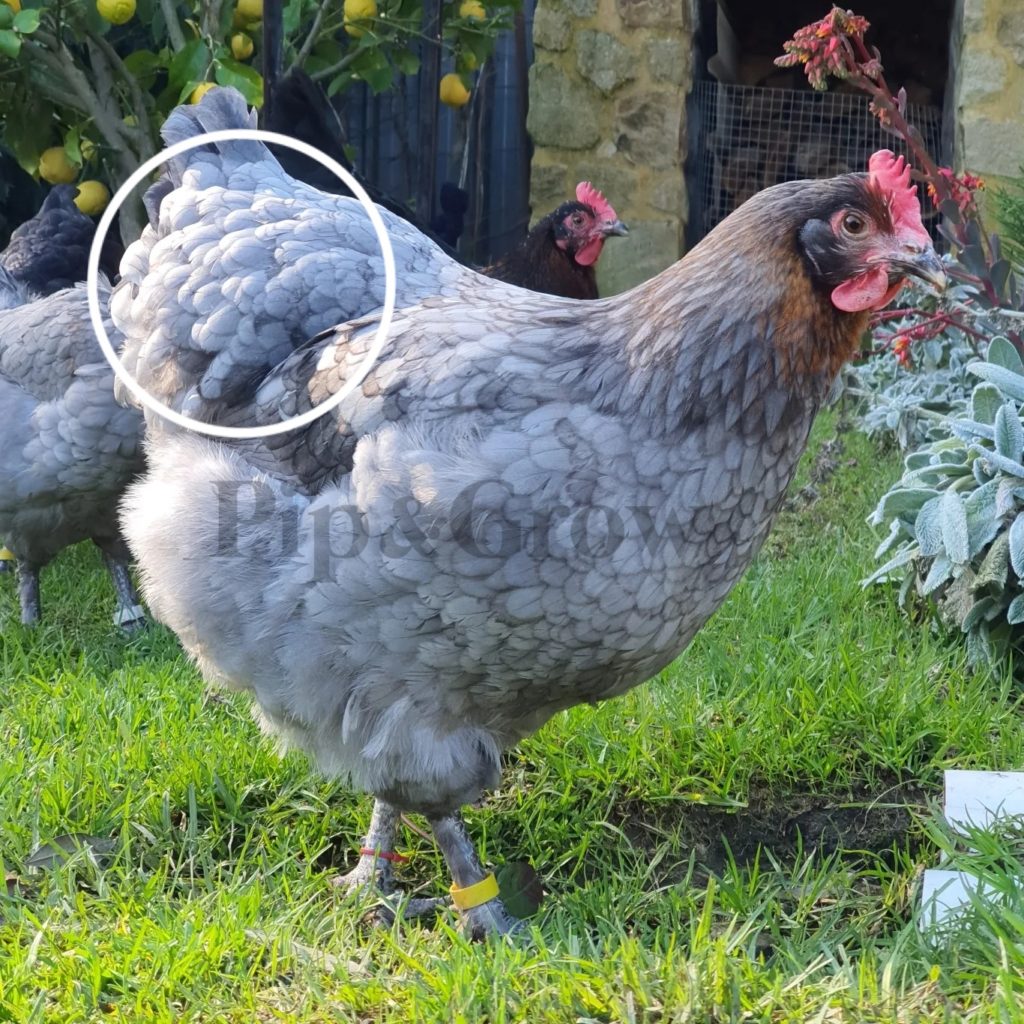
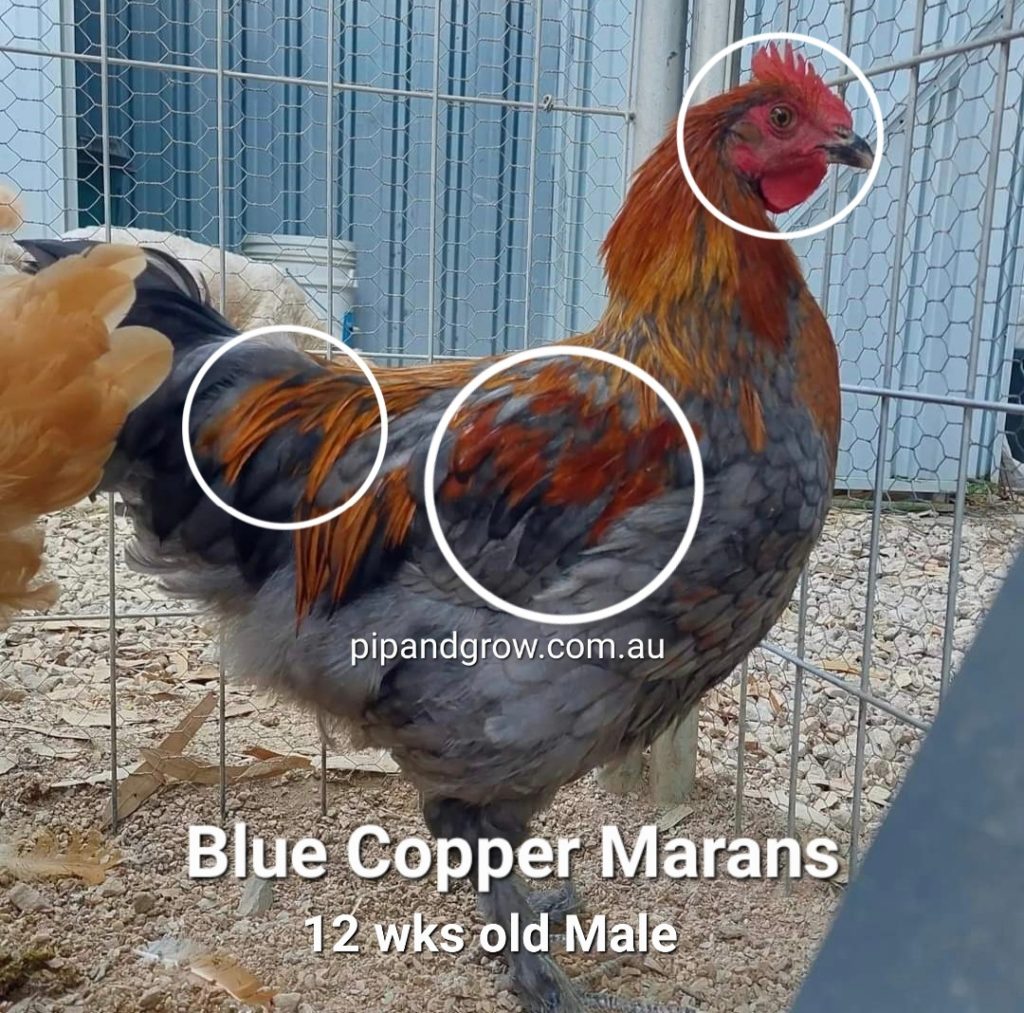
Hens’ combs and wattles are usually smaller and less pronounced.
Hens’ feathers are more rounded, and they lack the long saddle and prominent tail sickle feather.
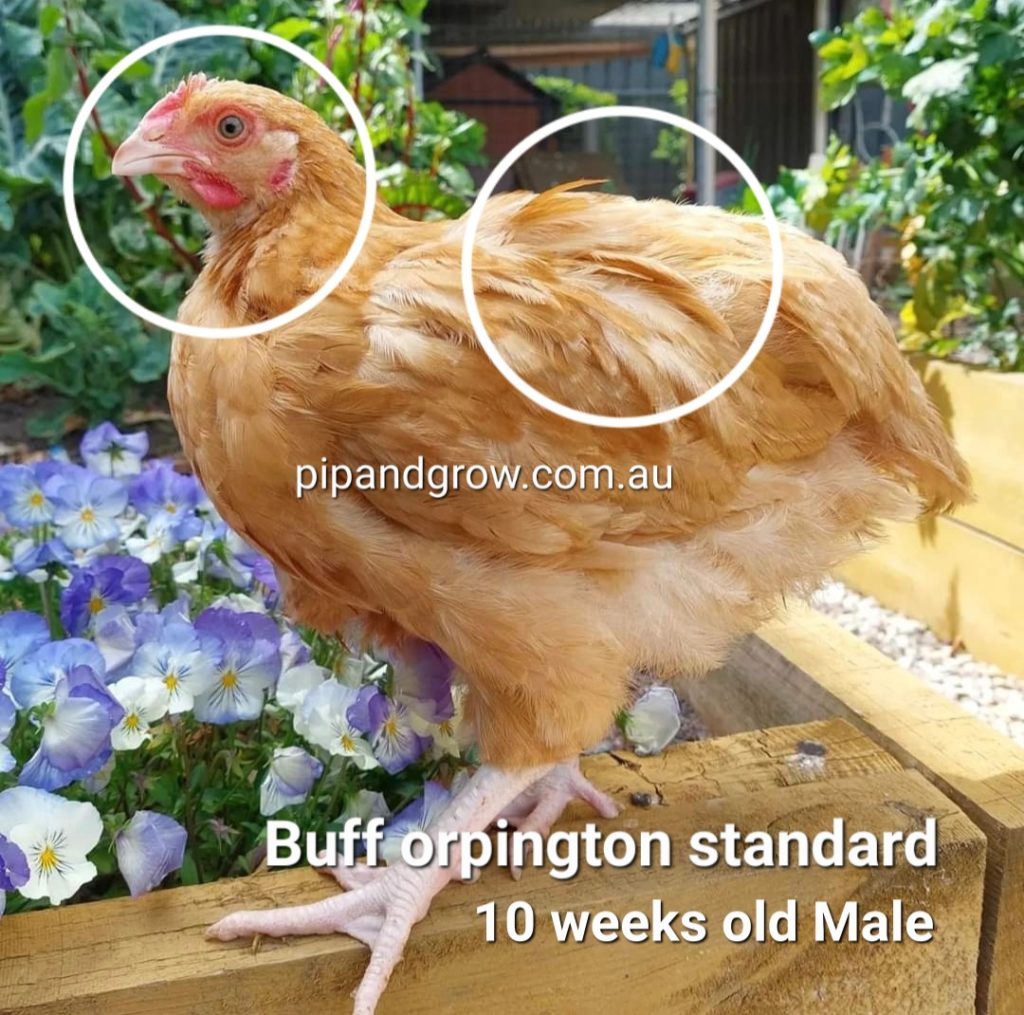
Here is another excellent example of a “cockerel” – a young male chicken under one year of age, exhibiting male traits at 10 weeks old.
Now, let’s focus on the comb, hackle (neck feathers), and saddle feathers as we compare pictures of the same breed Rooster versus Hen.
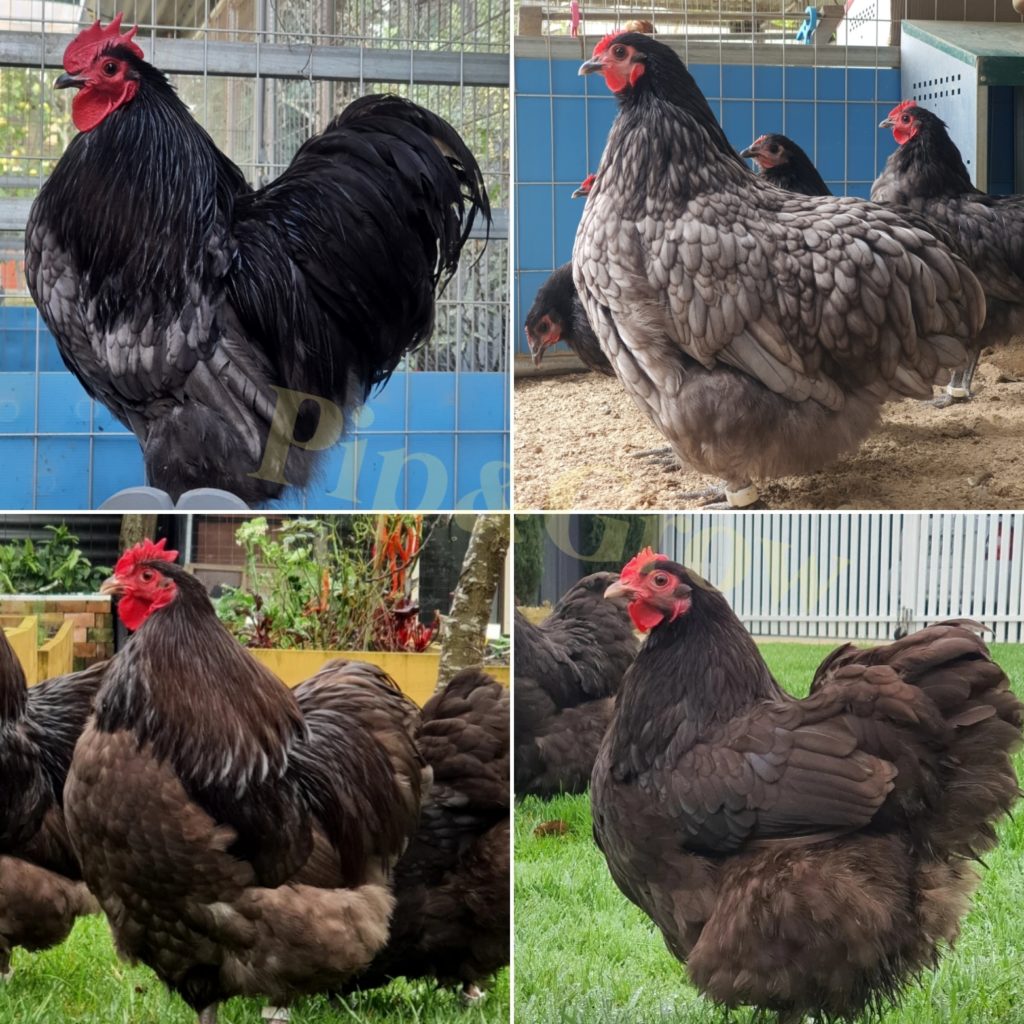
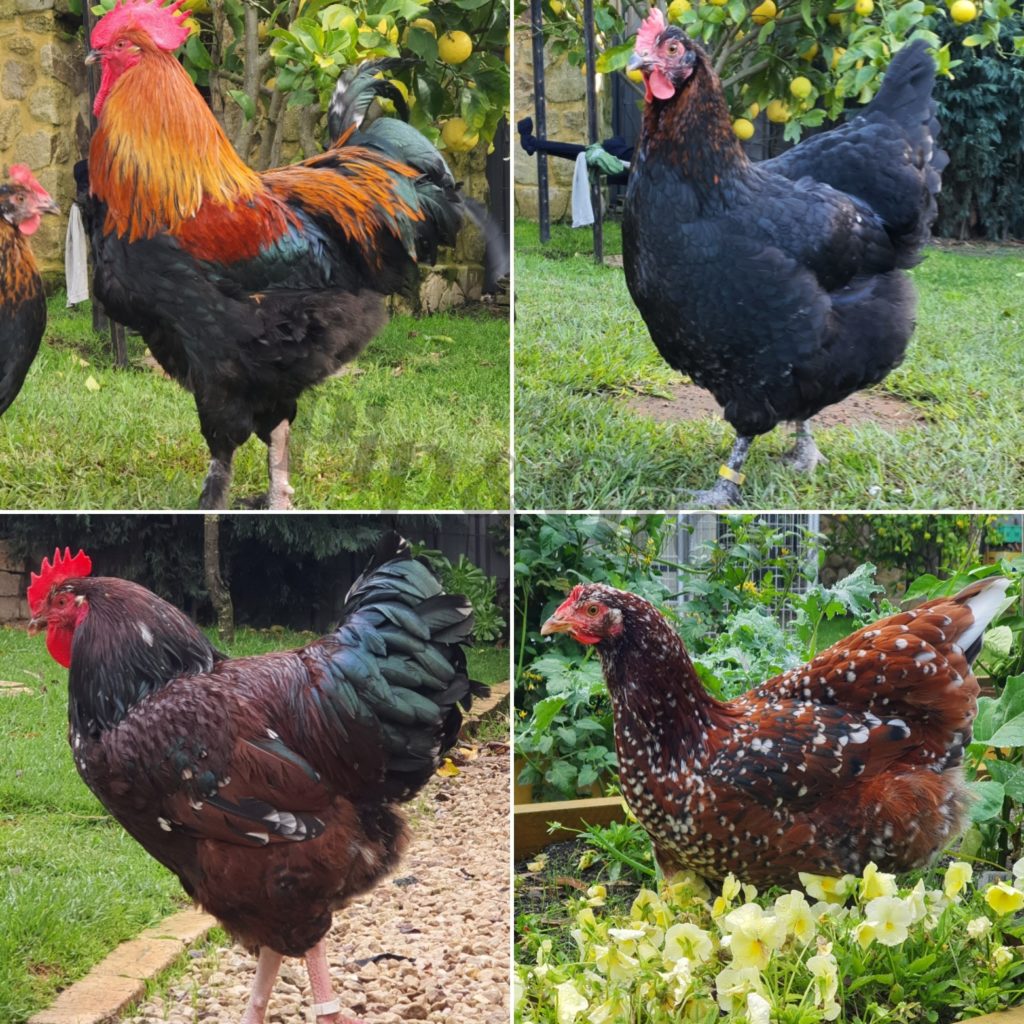
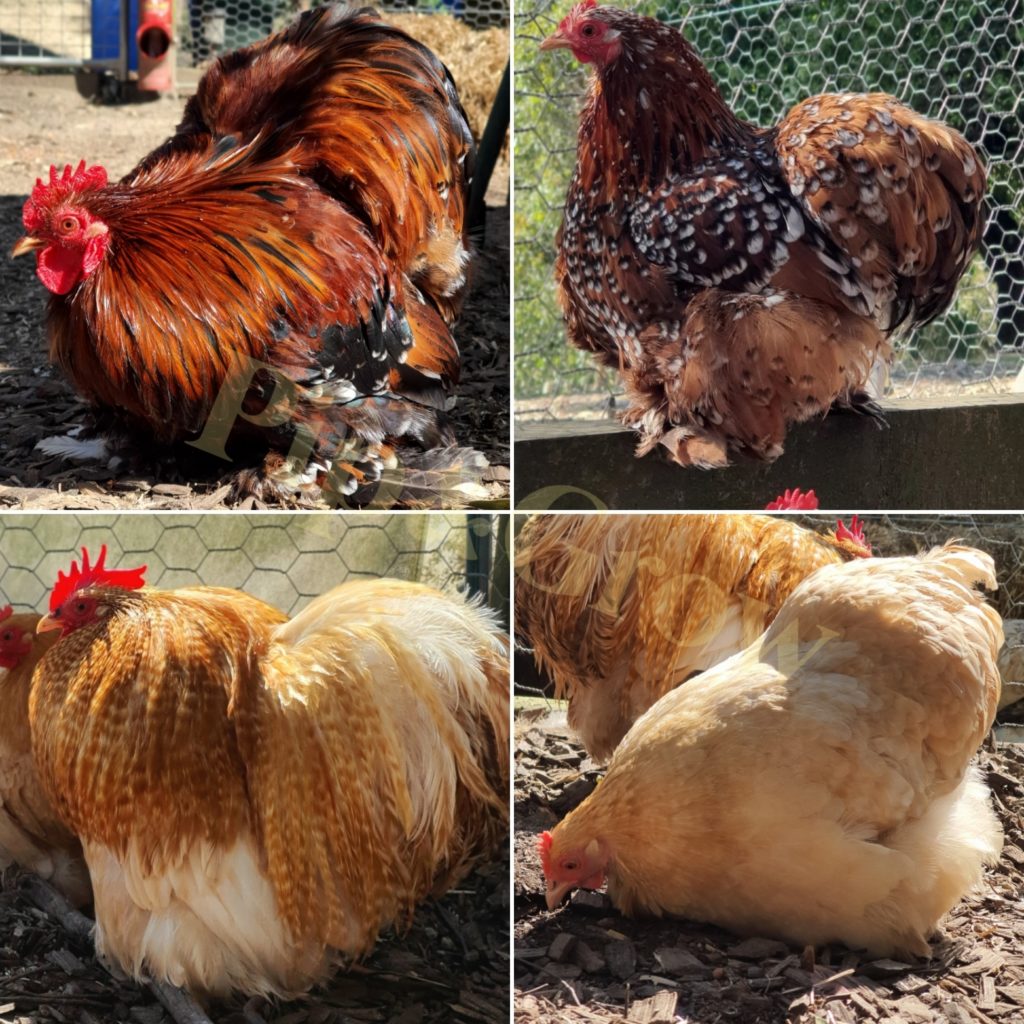
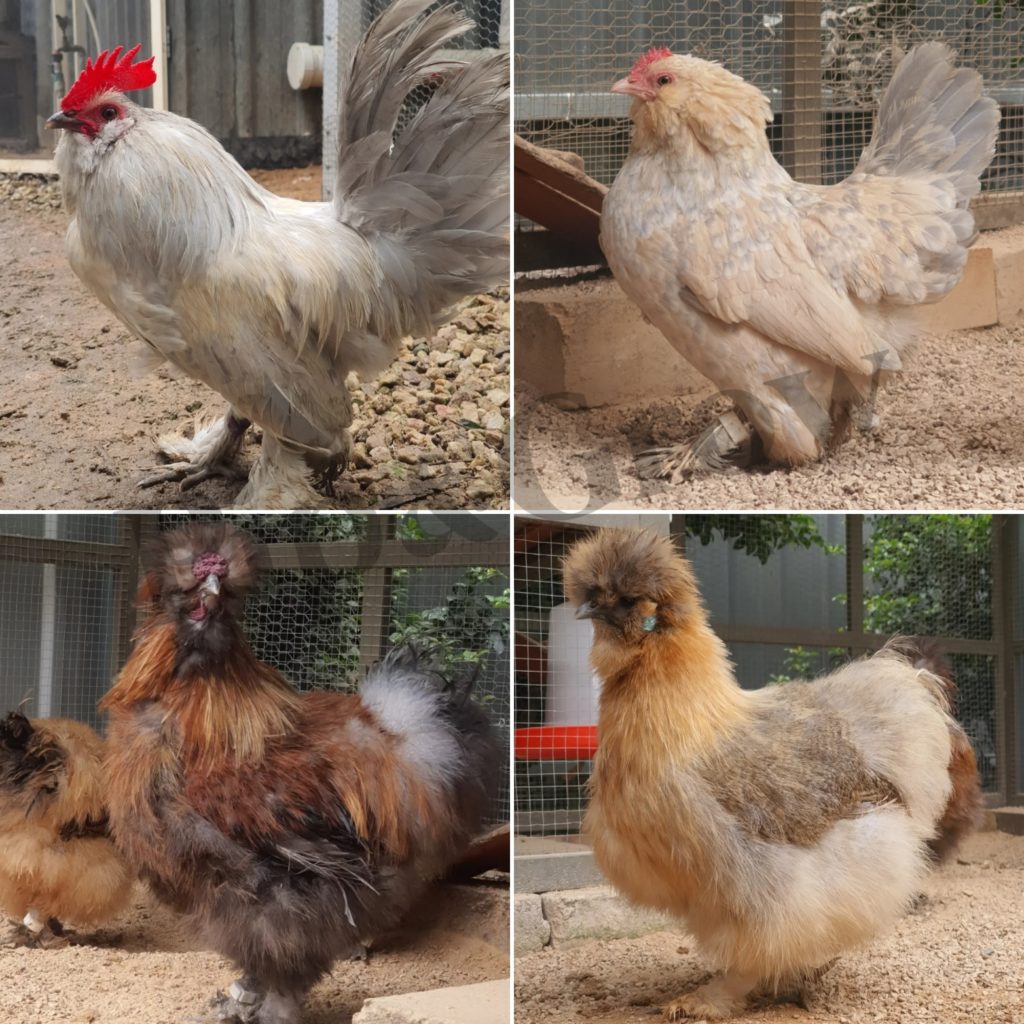
Just keep in mind that when chickens are still young, usually under 10 weeks old, comb size and color can be very confusing, depending on the breed. Hackle (neck feathers) take a while to fully develop.
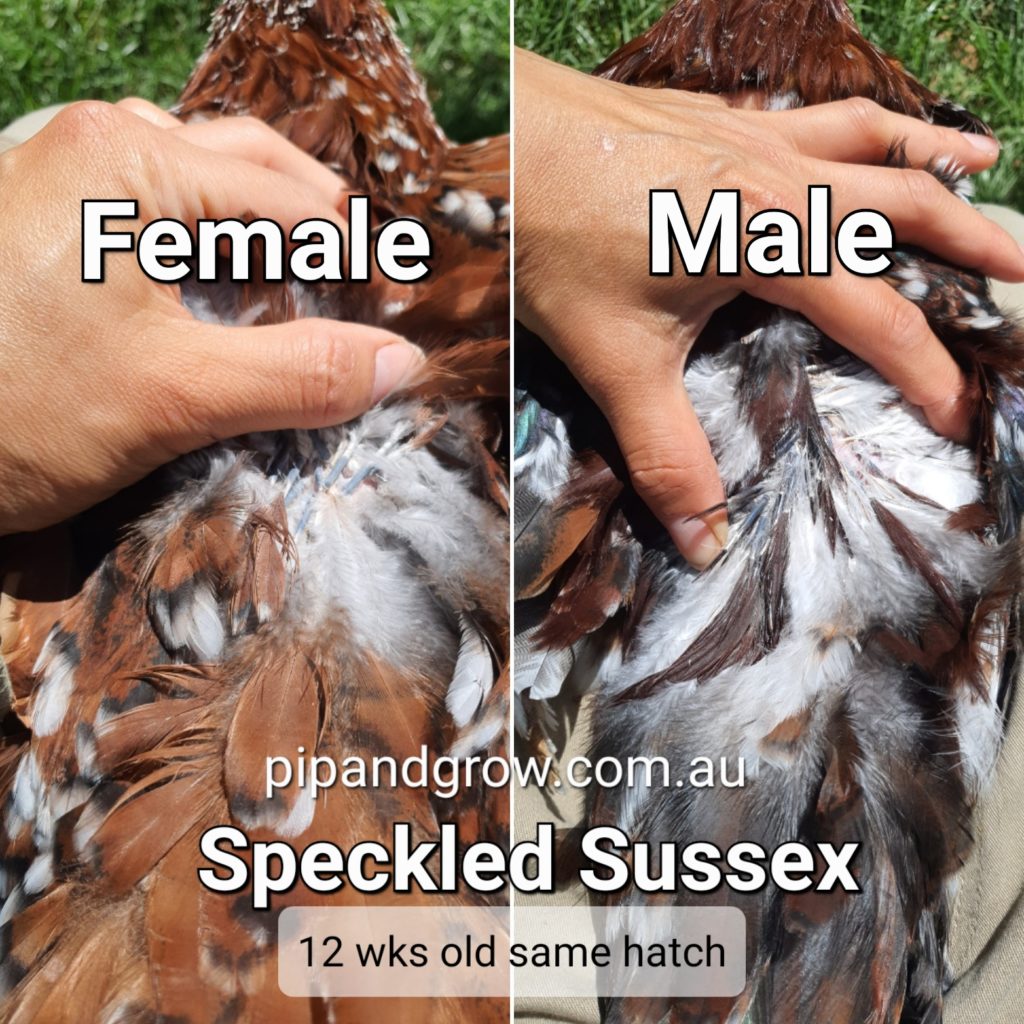
However, saddle feathers are not something that female chickens can have. We always recommend checking if there are saddle feathers coming through to help determine the gender of the bird. Gently lift the feathers over the spine and observe if the new feathers are sparkly and long.
Click here to view the video of checking saddle feathers – Facebook Pip & Grow
We would also like to note that in pens with multiple males, there is often a dominant male who is easily identifiable and is likely the first to crow. The other males may hide their male traits until they are older. For instance, they may have a larger comb than female chickens but a smaller comb than the dominant male, appearing as an “in-betweener.” We have experienced situations where we moved all the male birds from the pen, only to hear a crow a few days later. Suddenly, the “in-betweener” becomes the dominant male.

Now, can you identify this chicken’s sex?
It is a Splash Bantam Orpington pullet – means, young female chicken under a year old and has not reached maturity to lay eggs.
We hope this post has been helpful in providing guidance on what to look for when sexing chickens. Be sure to explore our Chicken Sexing Tips Category, where we have compiled a comprehensive collection of sexing tips accompanied by photos organized by breeds to assist you in identifying the sex of your chickens.
